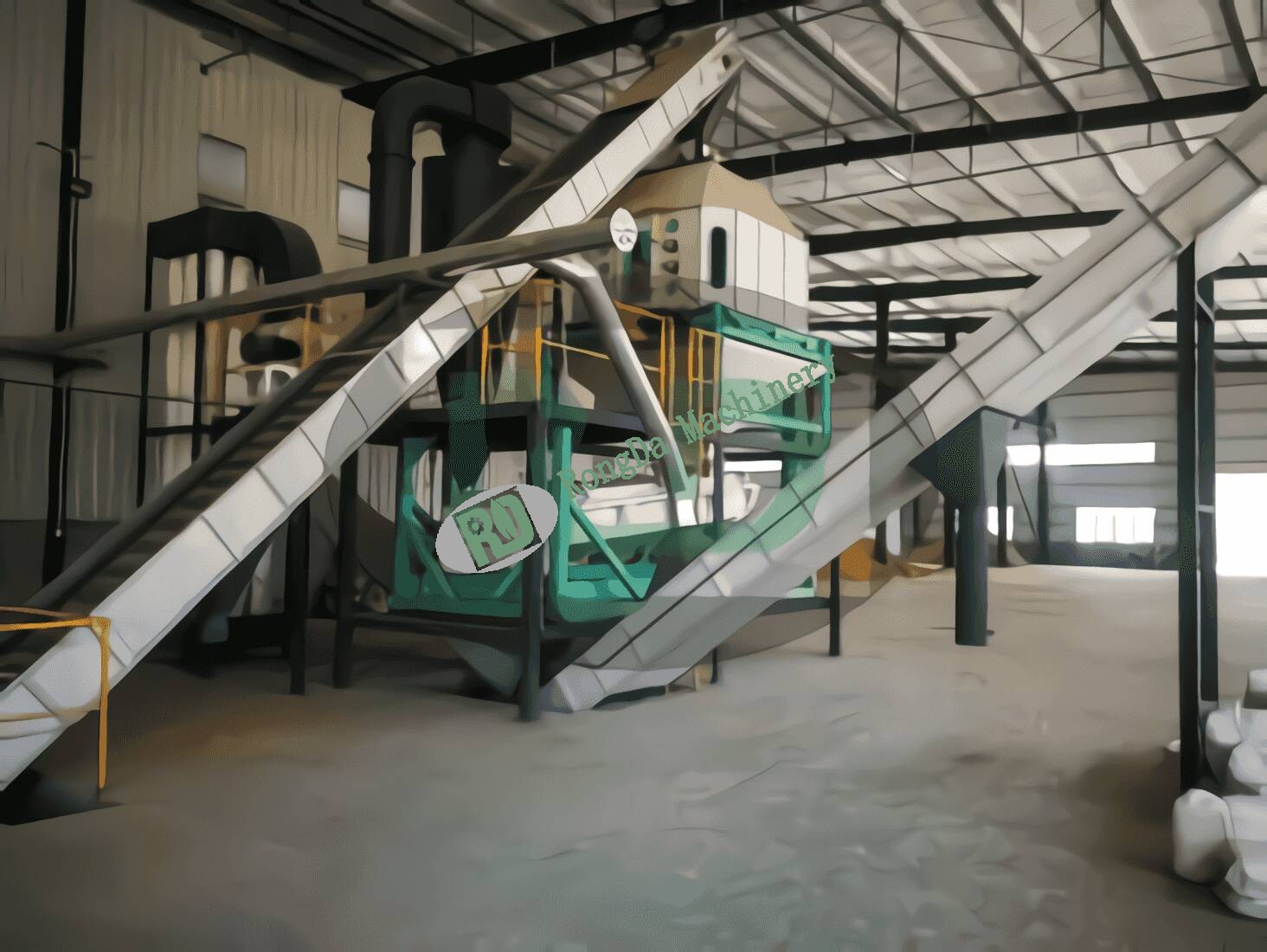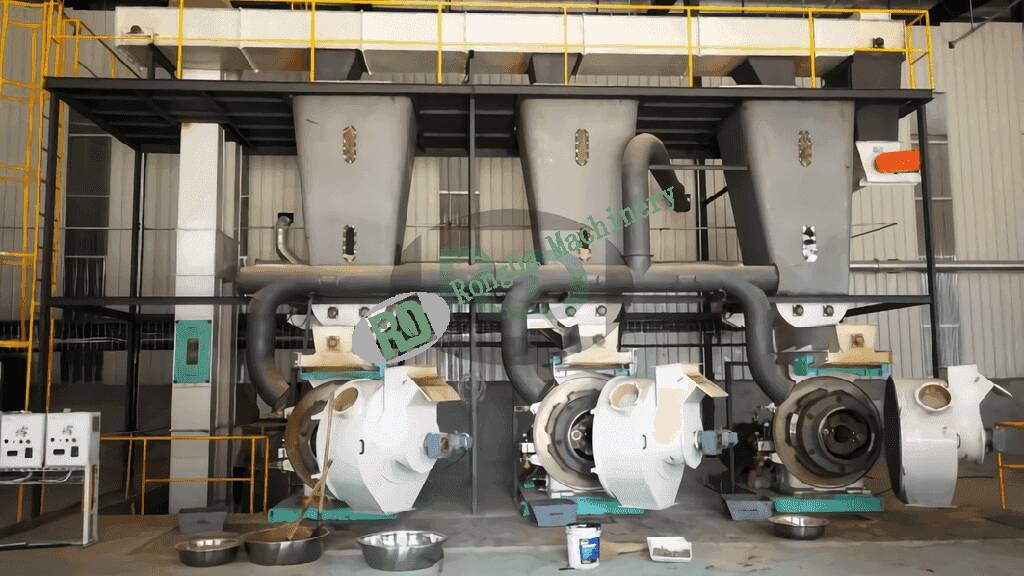Welcome to Rongda Machinery Co., Ltd
Toggle Navigation

Pellets might not sound glamorous, but they're a game-changer in industries like steel, cement, and energy. Think of them as compact bundles that turn messy raw materials into something easy to handle and use. At the core is the pelletizing process, where stuff like coal, coke, or crushed refractory materials gets squished into uniform, porous little spheres. This isn't just about making things neater – it's about saving money on shipping and getting steady performance in things like power plants or factories.
Looking back, pellet making kicked off in the early 1900s (yeah, that "1100s" bit was probably a mix-up with the century). It all started because folks needed better ways to store and move energy sources. Back then, it was mostly coal getting crushed and pressed by hand – super basic and labor-intensive. But things ramped up with mechanical and hydraulic presses hitting the scene, paving the way for cranking out pellets on a bigger scale.
Fast forward to how it actually works today: It begins with prepping the raw stuff. You crush it into fine bits, dry it out, and sort it so everything's consistent. Then, it heads into high-pressure rolls that smash it together under huge pressure, forming those dense pellets. Modern setups have stepped it up with computer-controlled machines that nail the precision and speed every time.
One big plus? These lines are all about efficiency. Pellets pack a punch in a small space, cutting down on transport hassles and storage headaches. They're reliable too – you get even energy output, which is perfect for industrial gigs or generating power. And environmentally? They help dial back waste compared to loose materials.
Of course, tech hasn't stood still. We've seen a real shift with automation taking center stage. Picture systems powered by AI and machine learning that tweak the process on the fly, spotting issues before they blow up. Throw in energy-saving compressors and smarter cooling setups, and you're looking at way lower running costs. It's like giving the whole operation a brain upgrade.

But it's not all smooth sailing. Raw materials aren't cheap, especially if you're steering clear of coal. Then there's the energy guzzler side – all those compressors and machines suck up power, which can hit the wallet hard. Plus, regs are tightening up on emissions and waste, forcing companies to get creative. That's where sustainability steps in. Folks are rolling out tricks like indirect steam heat recovery to slash energy use by around 30%, or recycling by-products to cut down on trash and make better use of resources. It's a push to keep things green without skimping on output.
Peeking ahead, the pellet world is gearing up for even cooler stuff. We're talking fully autonomous systems run by AI, where robots handle the heavy lifting and cut out human errors. IoT gadgets are popping up too, letting you monitor everything in real time – from tweaks to maintenance alerts. It's all about staying ahead in a competitive field while keeping an eye on the planet.
In the end, pellet production lines are evolving fast, blending old-school know-how with cutting-edge smarts. Sticking with innovation and eco-friendly moves will keep this industry thriving. Who knows – the next big breakthrough might just make pellets even more essential in our push for cleaner energy.